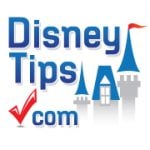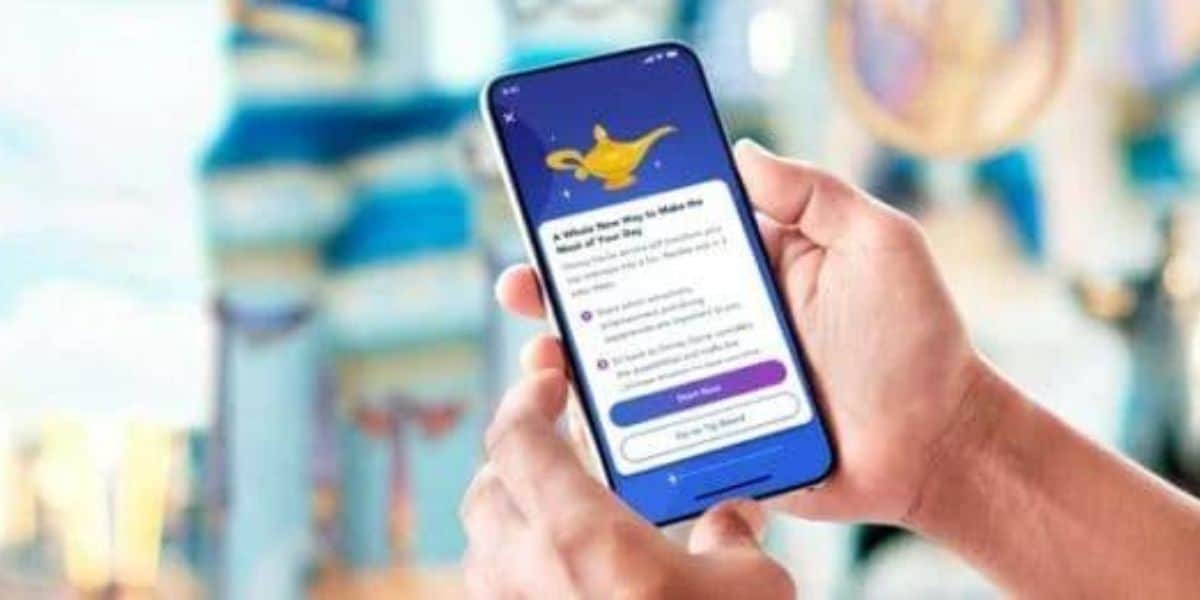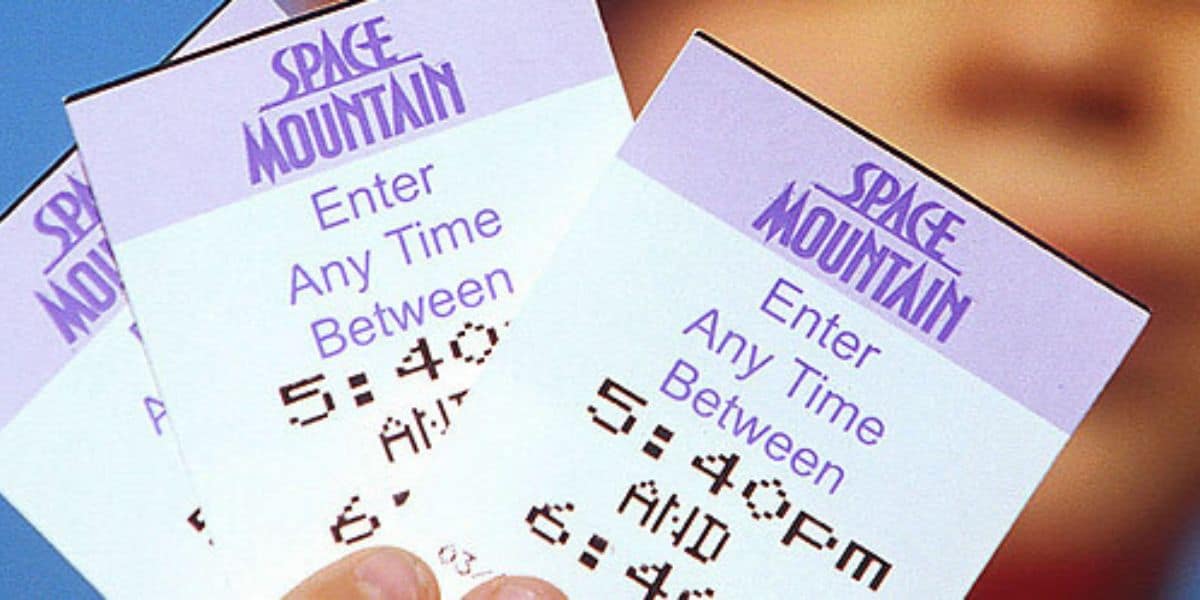
When you want to go upstairs, you may use an escalator.
When you have to stick two materials together, there’s a high chance you’ll use Velcro.
And when you need to blow your nose, you probably ask for a Kleenex.
You may not realize it, but these are all examples of the phenomenon of using a brand name as a generic term – a “generic trademark’ – and one of the more foolish reasons why eradicating FastPass at Disney Parks could be considered by many to be a big mistake.
Back on October 19, 2021, Disney Genie officially launched on the My Disney Experience app at Walt Disney World, along with Disney Genie+ and Lightning Lane access, the new paid iteration of what was previously the free FastPass service.
At Magic Kingdom, EPCOT, Disney’s Hollywood Studios, Disney’s Animal Kingdom, and Disneyland Resort theme parks, the Disney Genie tool has changed the face of the beloved FastPass system, bringing with it a whole array of opinions from Disney Guests.
Screen time has been a major cause of concern. Walt’s vision was to have Guests leave reality and enter a world of fantasy, but being glued to phones all day trying to get Lightning Lane reservations definitely keeps Guests in the “reality” of phone chargers, internet service, and planning stress.
With all the digital services at Walt Disney World and Disneyland Resort, including MagicMobile, My Disney Experience, maps, Mobile Orders, wait times, virtual queues and now Disney Genie, Guests have to use their cellphones a lot while trying to enjoy the magic.
The digital tool has also been suffering tech controversy following its launch last year. From sold-out attractions like Star Wars: Rise of the Resistance at Galaxy’s Edge to app failures, Guests have been quick to judge the system as substandard to the original (and FREE) FastPass system.
And yes, the price has also been a huge dissuader. Genie+ was originally priced at $15 per person per day, and since dynamic pricing was introduced, the cost of the service has continued to fluctuate based on the time of year and crowd levels in Disney Parks. With Thanksgiving fast approaching at the Walt Disney World Resort, the Genie+ purchase price this week reached an all-time high of $29 per Guest.
This cost is only inclusive of Disney Park attractions that are part of Disney Genie+, not Individual Lightning Lane attractions which come at an added cost. Attractions only available as Individual Lightning Lane purchases include Seven Dwarfs Mine Train in the Magic Kingdom, Guardians of the Galaxy: Cosmic Rewind in EPCOT, Star Wars: Rise of the Resistance in Disney’s Hollywood Studios, and Avatar: Flight of Passage in Disney’s Animal Kingdom.
But the biggest reason why replacing FastPass was perhaps not a mistakebut a good business decision for former Disney CEO Bob Chapek and Chairman of Disney Parks, Experiences and Products Josh D’Amaro was its name.
Think about it. When you want to skip the line at the supermarket, you might say, “Where’s the FastPass line?” When you pick the right lane in a highway queue, you may exclaim, “We picked the FastPass lane!” And even at Disney’s theme park competitors like SeaWorld and Universal Studios, we’ve heard Guests ask where the FastPass entrance is.
The name FastPass has become synonymous with skipping a long line. It has become part of our vocabulary. Just like Kleenex for tissues, ChapStick for lip balm, and Frisbee for the disc toy, FastPass has become a company trademark whose service was so successful, it has come to represent an entire category.
Even now that we have Disney Genie and Lightning Lane, Guests at Disney theme parks still call the line-skipping service FastPass or the “new FastPass.”
But maybe Disney changed the name because of the problems that can arise from this phenomenon for a company. When something becomes widespread in society because of its own popularity, one can argue that it no longer represents the brand, it represents the action. As a result, in trademark law, companies cannot trademark things that are descriptive in nature.
Back in 1921, Bayer lost its trademark for Aspirin to what people now call “genericide.” The case set a precedent for modern standards, i.e. if a brand name is understood by the public to refer broadly to a category of goods and services rather than a brand’s specific good or service, a company may be at risk of losing its trademark.
Escalator, laundromat, and cellophane have all lost their trademark status to “genericide.”
So, would FastPass have come next? FastPass was trademarked by Disney in 1999 for “Entertainment services, namely, arranging for ticket reservations for amusement park attractions.” Disneyland Resort featured the original FastPass system alongside MaxPass, with Guests getting a return time and a paper ticket for an attraction. Disney’s FastPass service was available at no additional charge to all Park Guests, while MaxPass cost $20 a day.
FastPass proved to be a hit for both Guests and Disney executives alike. Guests were freed from standing in line and could spend more time and money on food and merchandise. So while these Guests spent the same amount of money on Park tickets, they were still spending more. And then along came Disney Genie+, forcing those who enjoyed the free FastPass to spend even more.
Of course, there are still plenty of familiar names that still remain as trademarks. Bubble Wrap is a trademark of Sealed Air, Kleenex is still a trademark of Kimberly-Clark, and Clorox and Velcro are trademarked by the companies of the same names.
When, however, was the last time you packed a box with inflated cushioning, asked for a cleaning disinfectant wipe, or attached anything using fasteners?
The same goes for FastPass. When was the last time you asked where the line-skipping lane was? The name itself is easy to remember, describes what it does exactly, and is unique, but this strength can be a weakness when it comes to protecting trademarks against “genericization.”
So, was replacing the name FastPass a huge error by The Walt Disney Company, or was it a clever strategy to keep the trademark? With former Disney CEO Bob Iger returning to the helm after the firing of Bob Chapek, we will have to see.

 DisneyTips.com Your Guide To A Great Disney Vacation
DisneyTips.com Your Guide To A Great Disney Vacation







